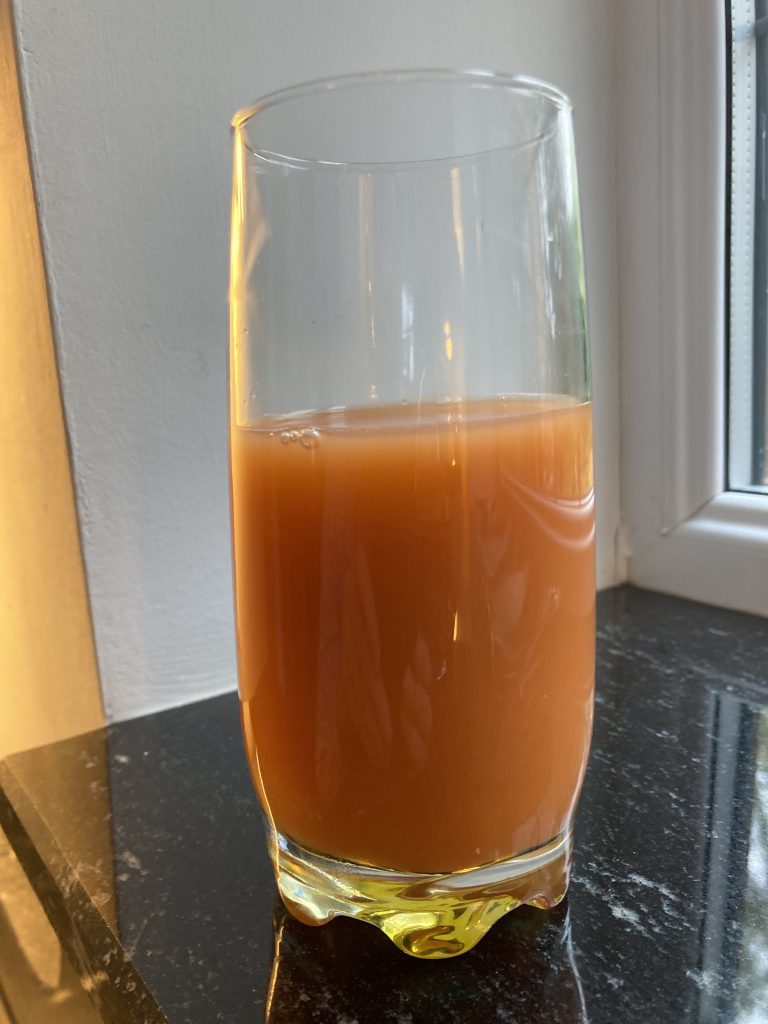Homocysteine
Why is homocysteine important?
If your homocyteine level is high you have a higher risk of heart disease, strokes, thrombosis, Alzheimer’s disease, cancer, Parkinson’s disease and rheumatoid arthritis. You may also have a shorter life expectancy. In Sweden, they found it could predict school grades, probably due to its effect on brain function (higher levels being associated with worse grades).
What is homocysteine?
Homocysteine is an amino acid (one of the building blocks of proteins). It is normally converted by the body into two very useful substances. One is glutathione (essential for your liver and for removing toxic substances from the body) and SAMe (crucial for brain and joint function). Sometimes these pathways get blocked and homocysteine builds up.
What causes a high homocysteine?
If you don’t have enough vitamin B12 or folic acid, then homocysteine can’t be converted into SAMe. If you don’t have enough vitamin B6 then homocysteine can’t be converted into glutathione. Some other nutrients, such as vitamin B2, are also needed to make these pathways work.
What level is safe?
The level should be below 12 and the ideal is below 8. The level should be below 11 and the ideal is below 8. 11-15 is borderline and <6, each 3 mmol rise above 6 increases your risk of a myocardial infarct by 35%. Divide your age by 10 to work out your ideal homocysteine.
One study showed that if you reduce your homocyteine by 5 points you reduce your risk of death by 50%, your risk of heart disease by 50% and your risk of cancer by 25%. Another study showed that if you increase your homocysteine by 5 points you have a 40% increased risk of heart disease and a 60% increased risk of stroke. (Homocysteine is the most important risk factor when it comes to strokes – more important than cigarettes, blood pressure or cholesterol).
The problem with homocysteine is that is blocks nitric acid and hence stops blood vessels dilating.
What treatment do I need if my level is high?
It’s best to check your levels of folic acid and B12. Usually you will need folic acid. Eighty per cent will improve with this. Recheck the levels after 3 months. You may sometimes need vitamin B12 (given by injection) and vitamin B6 (pyridoxine). Sometimes other nutrients are important such as vitamin B2, betaine (from beetroots) and lecithin (from health food shops). About 15% of the population have a genetic defect making them more liable to high homocysteine. They may need higher levels of these nutrients.
Although intervention studies haven’t yet shown a benefit from reducing homocysteine, this is likely to be due to the fact that these studies reduced it so little, usually from 18 to 16.
What if the level doesn’t come down?
If the level doesn’t come down with standard B12, folic acid and B6 treatment then it may indicate a genetic variation and you may need the methylated forms of these nutrients: methylcobalamin (B12) methyltetrafolate (folic acid) and pyridoxal-5-phosphate (B6).





